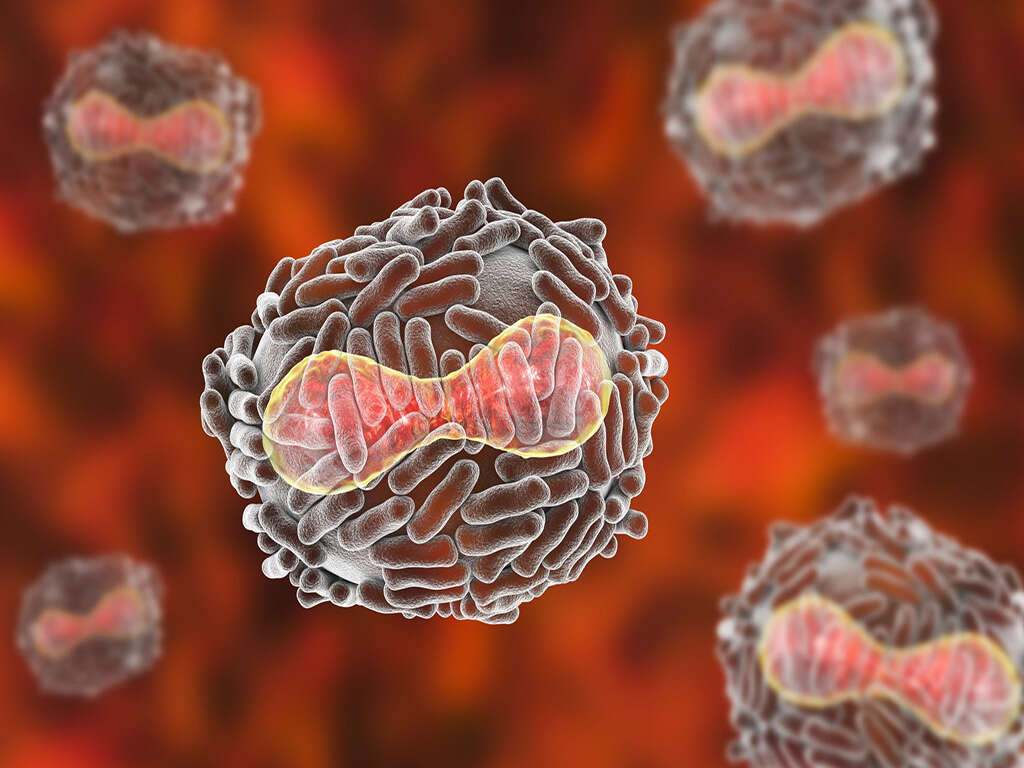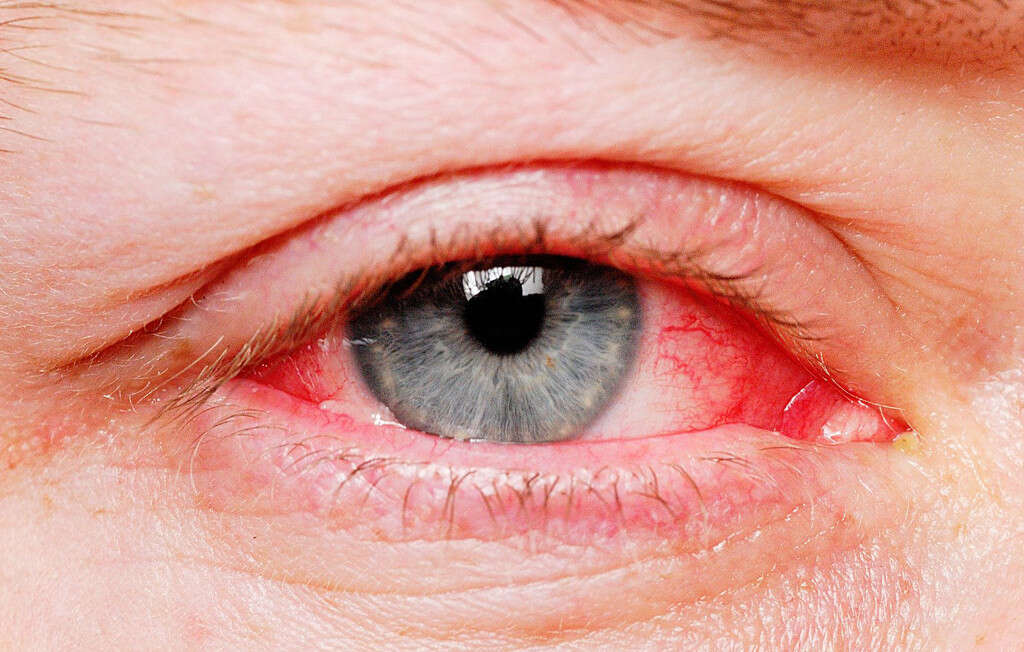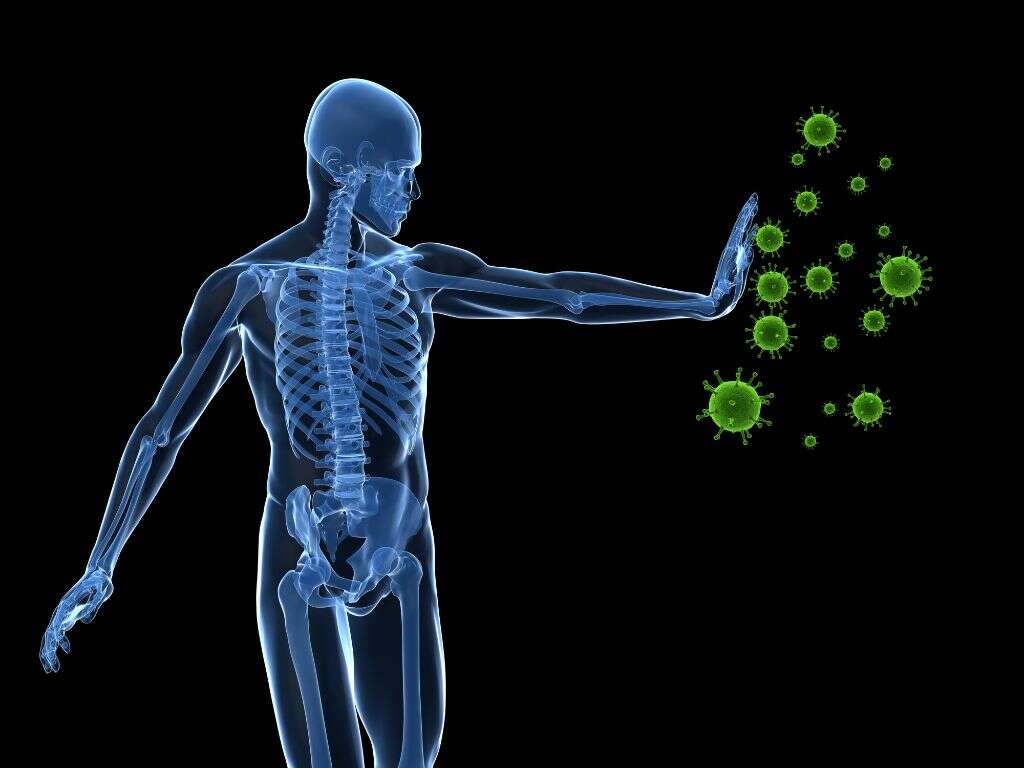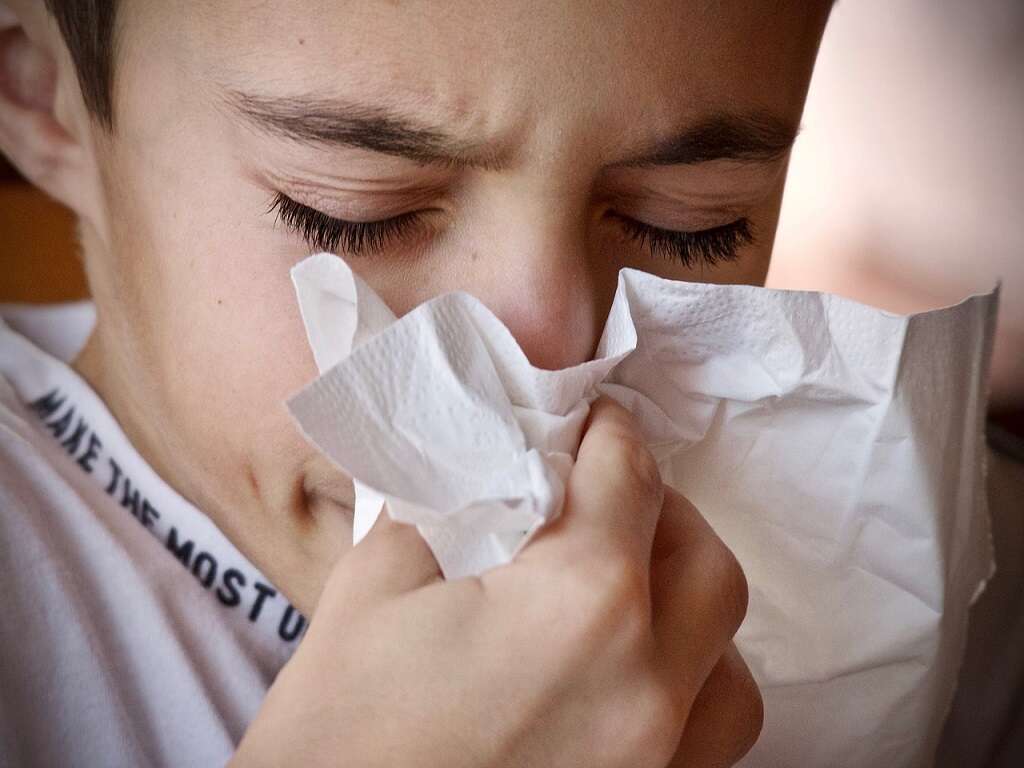10 Smallpox Symptoms
Smallpox is a condition that can be caused by two types of disease, the Variola major and Variola minor. The World Health Organization (WHO) announced that this disease had been eradicated in the year 1980. The last naturally occurring disease was in 1977. After contracting the disease, the risk of death is approximately 30%. This disease can be transmitted to others via those who are infected and contaminated objects. It can be prevented using the smallpox vaccine which was discovered in 1798 by Edward Jenner. Treatment includes supportive management and antiviral medication.
The origination of smallpox is unknown but can be traced back to the Egyptian mummies in 3rd century BC. It has historically occurred in outbreaks. In the 18th century, there was approximately 400,000 individuals who died from smallpox annually in Europe with 33% of cases resulting in blindness. In the 20th century, smallpox led to about 300 to 500 million deaths. The most recent outbreak was in 1967 with a total of 15 million cases a year. Smallpox is one of the infectious diseases that have been eradicated.

Symptom #1: Fever and Chills
Fever or pyrexia refers to the elevation of the set point of body temperature beyond the normal range. The increased set point of body temperature results in the muscle contractions of the body to generate heat and the sensation of feeling cold. This is known as chills and rigor.
Fever, chills, and rigor are non-specific symptoms that are seen in many diseases and infections. Fever in smallpox is at least 38.8 degrees Celsius or 101 degrees Fahrenheit. Fever is the body’s natural response in fighting off an infection.

Symptom #2: Nausea and Vomiting
Nausea refers to the involuntary urge to vomit while vomiting refers to puking, barfing, emesis, or throwing up. Vomiting is defined as the involuntary expulsion of stomach contents out of the mouth and nose.
Both nausea and vomiting are non-specific symptoms commonly observed in many conditions and diseases such as patients who undergo chemotherapy, infections, side effects of medications, and more.

Symptom #3: Sores in the Mouth
In the early stages of the disease, small red spots can appear on the tongue and mouth. They eventually break open into sores and large amounts of the virus are spread into the mouth and throat. These lesions in the mouth can also develop in other mucous membranes such as the nose.
Other symptoms that are associated with small pox mouth sores are fever, chills, nausea, vomiting, malaise, skin rash, and more.

Symptom #4: Skin Rash
The skin rash in smallpox is very characteristic. The lesions can be seen on the face, extremities, trunk, palms, and soles with a centrifugal pattern of distribution. These lesions will develop uniformly as the disease progresses from macules to papules and papules to vesicles over a duration of four to five days.
The vesicles will umbilicate and evolve to form pustules that are tense, round, firm, and deep-seated in the skin. These lesions will then crust and form scabs that eventually slough off fourteen days after the onset of rash.

Symptom #5: Malaise
Malaise refers to the general feeling of discomfort, pain, or uneasiness. This symptom is one of the first indications of disease or infection. It is a non-specific symptom that can be seen in various conditions such as hunger, cancer, heart attack, stroke, viral infections, bacterial infections, and parasitic infections.
Experts believe that malaise occurs due to the activation of an immune response where pro-inflammatory cytokines are released.

Symptom #6: Headache
Headache can refer to any pain of discomfort that is felt anywhere in the neck or head region. There are many types of headaches such as cluster headaches, migraines, and tension type headaches.
Headaches are a non-specific symptom that can be observed in various conditions and diseases such as high stress, dehydration, viral infections, bacterial infections, high blood pressure, and more. The headache associated with smallpox is usually very severe and intense.

Symptom #7: Bleeding Under the Skin
In hemorrhagic smallpox, there can be extensive bleeding into the gastrointestinal tract, mucous membranes, and skin. 2% of smallpox infections are of the hemorrhagic type. In this type of smallpox infection, the skin remains smooth without blisters, but bleeding occurs under the skin resulting in a black and charred look.
This leads to the name of black pox. Hemorrhaging usually occurs on the second or third day once the symptoms begin.

Symptom #8: Subconjunctival Bleeding
Subconjunctival bleeding also occurs in hemorrhagic smallpox infection on the second or third day after the symptoms begin. The conjunctiva refers to the inside of the eyelids and covering of the sclera. Subconjunctival bleeding occurs when there is a rupture of a blood vessel under the clear surface of the eye.
Patients will report that the white part of their eye is red. However, subconjunctival bleeding is not specific to smallpox and can be seen when there is violent coughing, sneezing, vomiting, and trauma to the eye. It is also more likely to occur among those with diabetes, high blood pressure, and patients who are taking blood thinning medications.

Symptom #9: Loss of Appetite and Pharyngitis
Loss of appetite is also known as anorexia. It is a non-specific symptom that can be seen in various conditions such as pregnancy, cancer, chemotherapy, and various infections. There might also be loss of appetite due to pharyngitis. Pharyngitis refers to the inflammation of the pharynx (back of the throat).
Pharyngitis can be seen in any respiratory tract infection, gonorrhea infection, irritation due to smoke, allergies, gastroesophageal reflux disease, and more.

Symptom #10: Backache
Most of the patients with a smallpox infection will complain of severe backache that may or may not be associated with a headache. The pain is usually described as spinal pain and it is quite debilitating.
Other neurological symptoms like hallucinations and delirium have been described but are not as common.












